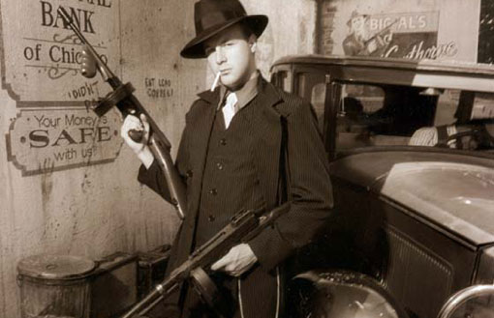9.1.3: Connotations vs. Denotations
- Page ID
- 23303
IMPORTANT INFO
- Connotation and denotation are not two separate things.
- They are two aspects/elements of a sign, and the connotative meanings of a word exist together with the denotative meanings.
-
Connotation = the various social overtones, cultural implications, or emotional meanings associated with a sign.
-
Denotation =the explicit or referential meaning of a sign, the literal meaning of a word, the ‘dictionary definition.’
Consider the difference between these two words:
-
House/Home
-
Woman/Chick
-
Kill/Murder
Joey Writes a Letter…

Denotation vs. Connotation
|
“Walk” means to move forward by placing one foot in front of the other. |
|
Which word in each pair below has the more favorable connotation to you?
-
thrifty-penny-pinching
-
pushy-aggressive
-
politician-statesman
-
chef-cook
-
slender-skinny
Connotation can depend on the person who hears the word.
Language is continually changing…
-
Gangsters and thugs= criminals
-
During the Depression -> Irish, Italian, or other European immigrants associated with the mob
-
Today -> African-American rap artists


Do these words have positive or negativeconnotations for “drink”?
|
 |
|
New Team Names
|
|
|
Negative |
Positive |
|
|
drug addict |
druggie/fiend |
substance abuser |
|
handicapped |
crippled |
disabled |
|
thin |
beanpole |
slender |
|
attractive |
fair |
pretty |
|
reporter |
newshound |
journalist |
|
photographer |
paparazzi |
shutterbug |
Positive or Negative?
|
|
|
Negative |
Positive |
|
|
Over-weight |
||
|
Short |
||
|
Not smart |
||
|
Unattractive |
||
|
Non-athletic |
||
|
Self-focused |
Consider the following:
-
There are over 2,000 vagrants in the city.
-
There are over 2,000 people with no fixed address in the city.
-
There are over 2,000 homeless in the city.
What’s the Difference?
-
The media were swarming around the pileup on the expressway to capture every conceivable injury for the evening news.
-
The journalists were on the scene at the expressway crash to document the incident for the evening news.
-
Photographers stood patiently along the walkway, awaiting the arrival of the Oscar nominees.
-
The paparazzi lined the walkway anxiously poised to snap the Oscar nominees.
-
America's Midwest is often referred to as the heartland by Washington congressmen.
-
America's Midwest is often referred to as flyover country by DC politicos.
What’s the POINT?
-
Separating grammatical denotation from connotation is important because while one might assume that a word’s denotation is fully intended, whether a word’s connotations are intended is much more difficult to determine.
-
Connotations are often emotional in nature, and thus if they are intended, it may be for the purpose of swaying a person’s emotional reactions rather than the logical evaluation of an argument.

